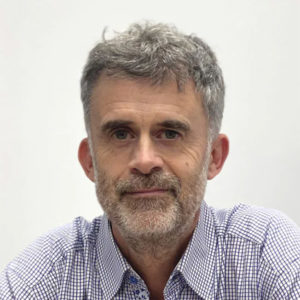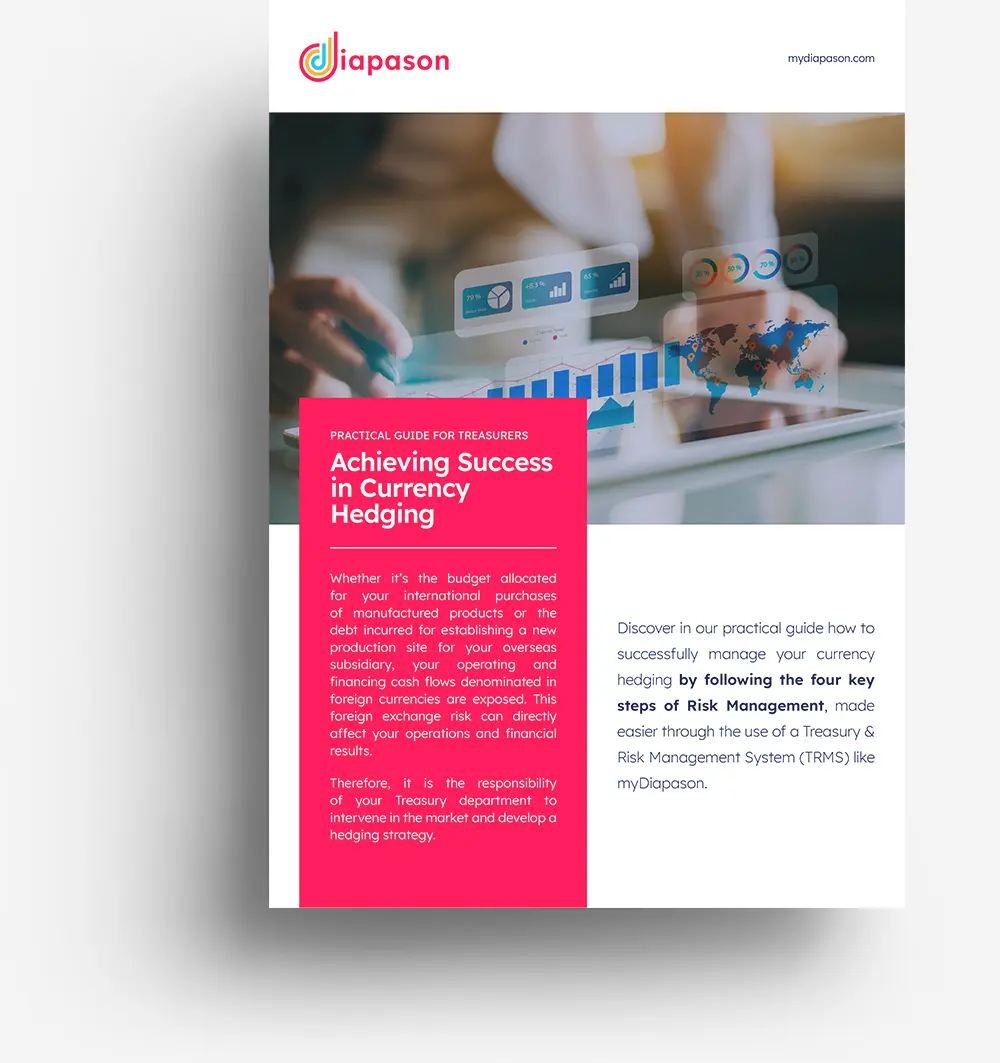
The New Challenges of the Treasurer
3 questions for Hélène Brunou, Treasury Director of Voltalia
Hélène Brunou, Treasury Director at Voltalia, shares her experience and answers questions from Frédéric Saunier, CEO at Diapason, on the topic: “The new challenges of the Treasurer”.
What Are the Main Transformations That Have Marked the Treasury Function in Recent Years?
The Corporate Treasurer, who used to have an image of an expert hidden in a back office, has now moved into the spotlight, especially following the successive crises we have experienced in recent years. The treasury profession is no longer solely a liquidity manager for the company, it is now also a risk manager: interest rate risks, exchange rate risks, energy risks (commodities), as well as fraud risks, which have accelerated since the health crisis we are all going through. This dual role is now fundamental and represents a major evolution of the treasury profession.
At the same time, the treasury function has undergone significant digitization in recent years. We have said goodbye to paper on our desks and automated processes. Once there were faxes and piles of paper documents, now everything is signed electronically. We have adapted to teleworking and automation offers instant access to data, allowing us to focus on analysis, value-added tasks, and being a driving force for proposals.
Fundamentally, it is the broadening of the treasury’s field of expertise and possibilities that has transformed the profession. The treasurer must be constantly vigilant, especially in risk management, and sharing experiences within industry organizations such as the AFTE (French Association of Corporate Treasurers) fosters exchanges and feedback.
The transformation can be summed up in three words: Process, Digitization, and Instantaneity.
How has the Treasury Function become a more Strategic Function within the Company?
Although we are still a cost center with the issue of budget compliance, especially in terms of “Staff Cost,” the treasury profession has become strategic, evolving in recent years and positioning itself at the heart of the company’s financial challenges.
The profession is becoming more complex, taking on the role of safeguarding all kinds of risks for the company.
The current political instability is an illustration of this, with the crisis in Ukraine strongly impacting companies present in Ukraine, Russia, and Belarus, causing stress for treasurers.
At the same time, the treasurer is in a constant search for cash to support the company’s growth, whether it be internal or external, facing a very problematic and complex market volatility.
Finally, there is now the risk of fraud, which continues to increase. The statistics speak for themselves, with the number of failed or successful attempts that continue to grow and millions of euros going up in smoke every week because there is no such thing as zero risk.
The treasurer’s daily routine is to limit these risks by having a 360-degree view of the company and anticipating the various scenarios as accurately as possible. The treasurer is now a true “Business Partner” of the company to support its development.
What, in Your Opinion, Has Been the Role of Digitalization in Obtaining Near-Instant Access to Data, Obtaining Decision-Making Support, and Implementing Good Treasury Management Practices?
The dream of every treasurer to give visibility to their CFO would be to press a button and instantly obtain an accurate and reliable reporting of their activity…
In real life, it’s more complicated, as we have constraints such as account types, for example. In our particular company, some accounts appear as “Restricted”, which means that the cash is locked and these accounts do not appear in SWIFT. Therefore, we need to manually process them, which is time-consuming and requires time to resolve this blockage point because the data doesn’t flow in just one click.
We rely on Fintech tools to provide reliable numbers for analysis and facilitate our actions afterwards.
Moreover, the pandemic crisis we have been experiencing for 2 years has forced us to step out of our comfort zone and work remotely. It is important in this context to obtain the data digitally, in a SaaS tool, accessible online from home with Wi-Fi and a laptop!
To do this, the treasurer must wear an IT specialist hat to secure the data considering cyber risks and intrusion risks… Because our financial data is sensitive, especially if the company is publicly traded.
The treasurer is the guarantor of risks, and data is at the heart of their challenges. Digital is now part of the treasurer’s job, which explains why the IT side has been at the core of our profession in recent years.
A brief Conclusion to Illustrate the Future of the Treasury Function…
I don’t have a crystal ball to anticipate what will happen in 10 years, but I believe that in our profession, what is very important is to be agile, adaptable, and have good risk management skills. The treasurer is always anticipating and supporting the company. As I mentioned earlier, there is no such thing as zero risk, but we must try to manage risks to the maximum and ensure constant vigilance.
I emphasize the notion of being a “business partner” to better understand and support the company’s operations that may not necessarily have a risk management dimension. The treasurer is the guarantor and spokesperson within the company to anticipate all of this.
Finally, a new dimension has been added to the treasurer’s profession today, which is “Green Finance” with the consideration of ESG KPIs in our financing to allow the company to maintain its attractiveness in the market.
Therefore, the treasurer is a profession with many areas of expertise, multifaceted, and undergoing major changes.
About the Author
Frédéric Saunier, Chief Executive Officer
With over 25 years of expertise in financial services, Frédéric Saunier advises Diapason’s clients on the digitalization of their financial departments. As an expert in Artificial Intelligence, Blockchain, Financial Flow Security, and Sustainable Development (ESG), Frédéric shares his knowledge through his articles.







